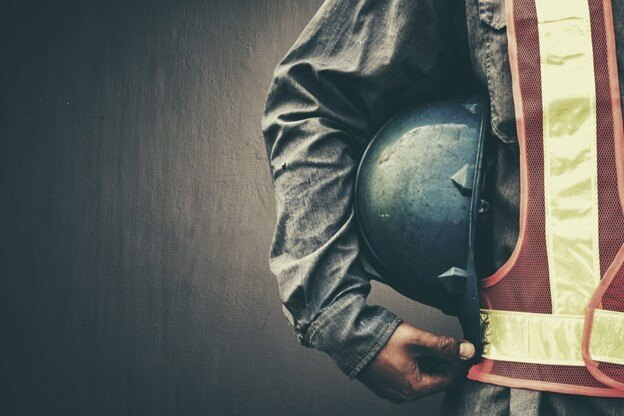
April 11, 2025
Top 10 Essential Components of a Safety Program for Crane, Rigging, and Machinery Movers
By: Emery & Karrigan, Inc.
Est. Read Time: 2 Min
Safety is paramount in the crane, rigging, and machinery moving industry. As these operations involve heavy equipment, complex tasks, and potential hazards, having a comprehensive safety program is crucial to protect workers, minimize accidents, and maintain a productive work environment. In this article, we will explore the top 10 essential components that should be included in a safety program for crane, rigging, and machinery movers.
1) Comprehensive Training:
A robust safety program should begin with comprehensive training for all workers involved in crane, rigging, and machinery moving operations. Training should cover proper equipment operation, safety procedures, hazard identification, emergency protocols, and industry best practices. Regular refresher courses and ongoing skill development should also be emphasized.
2) Written Safety Policies:
Clear and concise written safety policies must be established, communicated, and readily available to all employees. These policies should outline the company's commitment to safety, along with specific guidelines and procedures for different tasks. Employees should be encouraged to review and adhere to these policies at all times.
3) Risk Assessment and Hazard Identification:
Conducting thorough risk assessments and identifying potential hazards is vital. This includes analyzing job sites, machinery, equipment, environmental factors, and task-specific risks. Regular inspections and safety audits should be carried out to proactively address and mitigate any potential hazards.
4) Personal Protective Equipment (PPE):
Ensuring that employees are provided with and properly trained in the use of appropriate Personal Protective Equipment (PPE) is crucial. This may include hard hats, safety glasses, high-visibility vests, gloves, steel-toed boots, hearing protection, and respiratory equipment. Regular inspections and replacements should be conducted to maintain the effectiveness of PPE.
5) Equipment Maintenance and Inspection:
Regular maintenance and inspection of all equipment, including cranes, rigging equipment, and machinery, are essential to prevent accidents caused by equipment failures. A detailed maintenance schedule, along with proper record-keeping, should be implemented. Only authorized personnel should be allowed to perform maintenance and repairs.
6) Job-Specific Procedures and Checklists:
Developing job-specific procedures and checklists is vital for ensuring that tasks are performed safely and consistently. Each job should have a defined set of steps to follow, considering factors such as load weights, rigging configurations, communication protocols, and environmental conditions. Regular review and updates are necessary to incorporate lessons learned and industry advancements.
7) Effective Communication:
Promoting effective communication among team members is critical to maintain a safe working environment. This includes clear instructions, proper signaling, and using standardized hand signals or radios when operating heavy equipment. Encouraging an open-door policy for reporting safety concerns or incidents will foster a culture of transparency and continuous improvement.
8) Emergency Response and Rescue Plans:
Establishing well-defined emergency response and rescue plans is crucial for managing potential accidents or emergencies effectively. These plans should include procedures for handling incidents, evacuations, medical emergencies, and coordination with local emergency services. Regular drills and training sessions should be conducted to ensure preparedness.
9) Substance Abuse Policy:
Implementing a strong substance abuse policy is important for maintaining a safe work environment. This may involve pre-employment and random drug and alcohol testing, as well as clear consequences for violations. Promoting employee assistance programs can also help support individuals struggling with substance abuse issues.
10) Continuous Improvement and Safety Culture:
Fostering a strong safety culture requires ongoing evaluation, feedback, and continuous improvement. Encourage workers to report near misses, incidents, and suggestions for safety enhancements. Regular safety meetings, toolbox talks, and training sessions can help reinforce the importance of safety and keep it at the forefront of everyone's minds.
Conclusion:
A comprehensive safety program for crane, rigging, and machinery movers is a critical aspect of maintaining a safe and productive work environment. By incorporating these top 10 components - comprehensive training, written safety policies, risk assessment, PPE, equipment maintenance, job-specific procedures, effective communication, emergency response plans, substance abuse policy, and a focus on continuous improvement - companies can mitigate risks, prevent accidents, and prioritize the well-being of their workers. Remember, safety should always be the top priority in every aspect of crane, rigging, and machinery moving operations.
%20(1).png?width=779&height=349&name=image%2033%20(2)%20(1).png)
